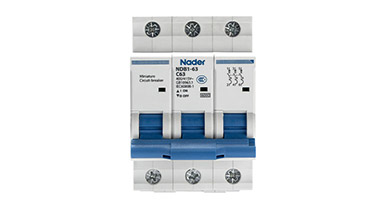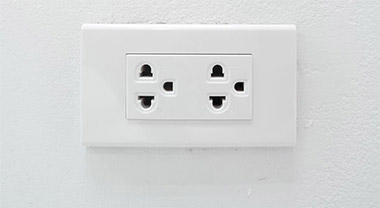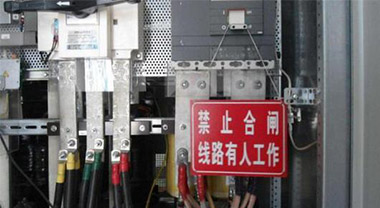how to test circuit breaker with multimeter?
Electrical issues can be challenging, but with the right tools and a little know-how, you can diagnose and potentially solve many problems yourself. One such tool is the multimeter, an invaluable asset for any DIY enthusiast or professional electrician. In this guide, we'll walk you through how to use a multimeter to test a circuit breaker, a common task in the world of home electrical troubleshooting.
Table of Contents
- What is a Multimeter?
- Why You Might Need to Test a Circuit Breaker?
- Precautions Before You Begin
- Tools Needed to Test a Circuit Breaker with a Multimeter
- Step-By-Step Guide to Testing a Circuit Breaker
- Interpreting the Results
- Summary
What is a Multimeter?
A multimeter is a versatile tool that's used to measure electrical properties such as voltage, current, and resistance. It's an essential piece of equipment for anyone dealing with electrical systems because it can help identify issues and ensure that components are functioning correctly.
Why You Might Need to Test a Circuit Breaker?
Testing a circuit breaker can help determine if it's functioning correctly or if it's the source of an electrical problem. Reasons to test a breaker might include:
- Tripping Breaker: If a breaker is frequently tripping, testing it can help you understand if the problem lies with the breaker itself or the circuit it's protecting.
- No Power: If a specific part of your house has lost power, the breaker might be the issue.
- Old Breaker: Older breakers can wear out over time and may not function as they should. Regular testing can ensure they're still in good working order.
Precautions Before You Begin
Electrical work can be dangerous if not done correctly. Always keep these safety tips in mind:
- Turn Off the Main Power: Before starting any electrical work, turn off the main power at the service panel.
- Use Insulated Tools: Always use tools with insulated handles to protect yourself from electrical shock.
- Wear Protective Gear: Consider wearing rubber-soled shoes, safety goggles, and gloves for added protection.
- Work with a Buddy: If possible, have someone nearby in case of emergencies.
Tools Needed to Test a Circuit Breaker with a Multimeter
Before you begin, make sure you have the following tools:
- Multimeter
- Screwdriver
Step-By-Step Guide to Testing a Circuit Breaker
Here is a step-by-step guide on how to test a circuit breaker using a multimeter:
- Set Up Your Multimeter: Set your multimeter to measure resistance (Ohms). This is often represented by the Ω symbol.
- Turn Off the Main Power: Always start by turning off the main power supply to your home.
- Remove the Breaker Panel Cover: Using a screwdriver, carefully remove the panel cover to access the circuit breakers.
- Test the Breaker: Place one probe of the multimeter on the terminal screw of the breaker (where the circuit's wire is attached) and the other probe on the ground bar. A good breaker should read zero or close to zero Ohms. If there's no reading or it shows as open, the breaker might be bad.
Interpreting the Results
Understanding the results of your test is crucial:
- Zero or Close to Zero: This reading suggests that the breaker is in good condition and electricity can flow freely.
- Open or Infinite Resistance: If the reading shows as 'open' or there's infinite resistance, it suggests that the breaker is faulty and needs replacement.
Remember, a multimeter test can provide an indication of a breaker's condition, but it's not foolproof. If you're unsure about the results or if the breaker continues to give you problems, it's best to consult with a professional electrician.
Summary
Testing a circuit breaker with a multimeter is a relatively straightforward process that can provide valuable insights into the health of your home's electrical system. From understanding what a multimeter is to interpreting the results of your test, this guide has provided you with the basics of this common electrical task.
While a sense of DIY spirit is commendable, remember that safety should always be your first priority when dealing with electrical systems. If you're ever in doubt, don't hesitate to call a professional electrician. They have the knowledge and experience to handle electrical issues safely and efficiently.




